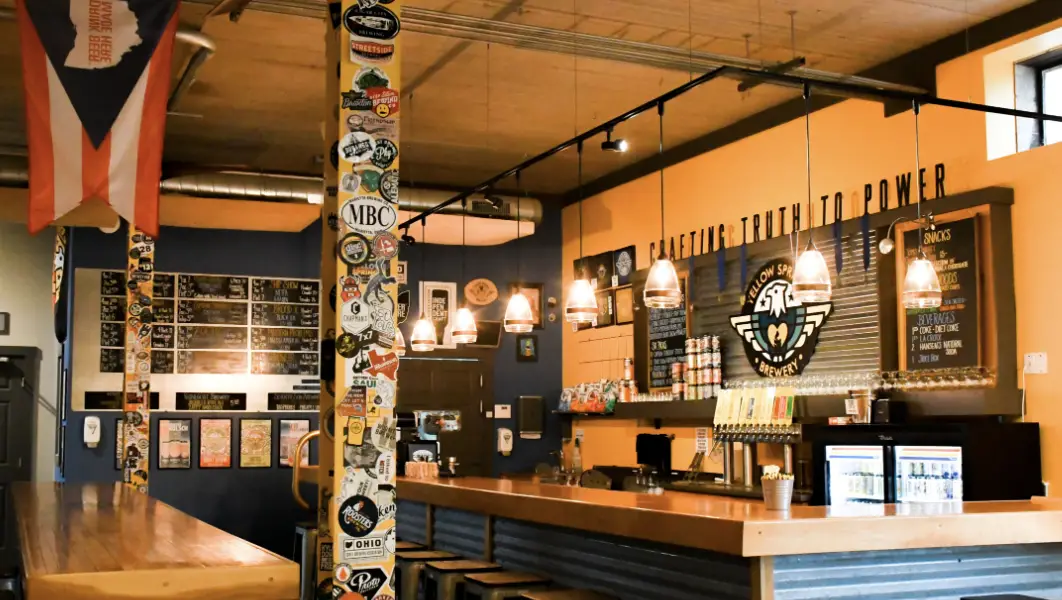
Launching Your Taproom Dream: An In-Depth Exploration of Taproom Startup Costs
For beer enthusiasts with a passion for brewing and a dream of sharing their craft with the world, opening a taproom can be an exciting and rewarding venture. A taproom provides a unique opportunity to create a community hub where customers can experience your craft firsthand, savoring your carefully crafted beers. However, like any business venture, starting a taproom requires careful planning, and one of the critical aspects to consider is the startup costs involved. In this in-depth blog post, we will delve into the various expenses associated with launching a taproom, offering insights into budgeting and setting your taproom up for success.
1. Location and Real Estate
The first significant investment in starting a taproom is securing the perfect location. The real estate cost will vary significantly depending on factors like the size of the taproom, the location (urban, suburban, etc.), and the local real estate market. Lease deposits, rent, and any necessary build-out expenses should be considered in this category.
2. Licensing and Permits
Obtaining the necessary licenses and permits to operate a taproom is essential and comes with associated costs. This includes state and federal brewing permits, liquor licenses, health permits, and other local permits required for food service and alcohol sales.
3. Brewery Equipment
Investing in brewery equipment is a significant portion of taproom startup costs. This includes brewing vessels, fermentation tanks, kegs, bottling or canning lines, temperature control systems, and other essential brewing equipment.
4. Tasting Room Setup
Furnishing and outfitting your tasting room to create an inviting and comfortable space for customers is crucial. This includes tables, chairs, bar stools, glassware, tap handles, a draft system, refrigeration, and other décor elements.
5. Marketing and Branding
Building brand awareness is vital for attracting customers to your taproom. Budget for marketing expenses, including website development, branding and logo design, social media marketing, promotional materials, and other advertising efforts.
6. Staffing and Training
Hiring and training a knowledgeable and friendly staff to run your taproom is crucial. Factor in costs for salaries, training programs, and employee benefits.
7. Utilities and Insurance
Taprooms require utilities such as water, electricity, and gas. Insurance, including liability insurance, property insurance, and workers’ compensation insurance, is also necessary to protect your business.
8. Inventory and Ingredients
Stocking your taproom with a variety of beers and ingredients for brewing is essential. Budget for raw materials, ingredients, packaging materials, and inventory management.
9. Compliance and Legal Costs
Consulting with legal and financial professionals to ensure compliance with regulations and to establish a solid legal structure for your business may require additional costs.
10. Contingency Fund
Having a contingency fund is crucial for unexpected expenses that may arise during the startup phase. A contingency fund acts as a safety net, giving you peace of mind as you navigate the early stages of your taproom.
Conclusion
Starting a taproom is an ambitious and exciting venture, but it requires careful planning and budgeting. Understanding the various startup costs involved is essential for creating a realistic financial plan and setting your taproom up for success. By meticulously considering each aspect, you can create a comprehensive budget that allows you to focus on what matters most – crafting exceptional beers and providing customers with an unforgettable taproom experience. Cheers to embarking on the journey of a lifetime and raising a glass to the success of your taproom dream!






